Azure Active Directory Assessment | Part III
Reading Time: 5 minutesStarting the assessment is to get all the users, groups and devices and their attributes.
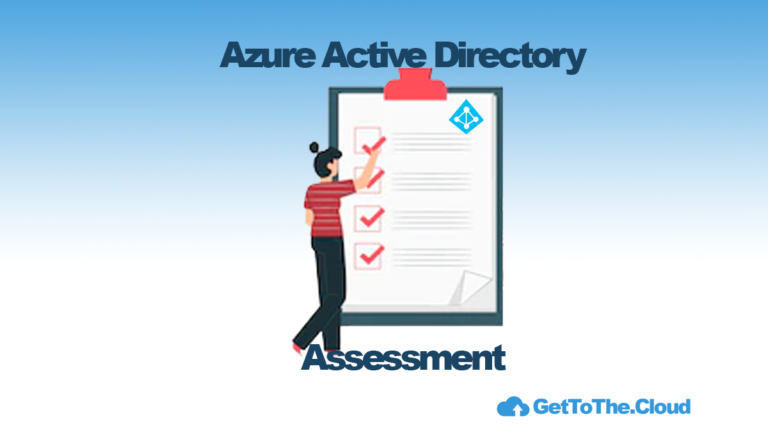
Reading Time: 5 minutesStarting the assessment is to get all the users, groups and devices and their attributes.

Reading Time: 8 minutesTo start the assessment, there is a need of an app registration with the correct permissions. Creating it through portal and with PowerShell and saving the connection details to an XML file.

Reading Time: 2 minutesWith the use of Azure Active Directory and multiple administrator, the chance that it is going to be messy is big. To check if everything is correct created and managed, you can do an assessment.
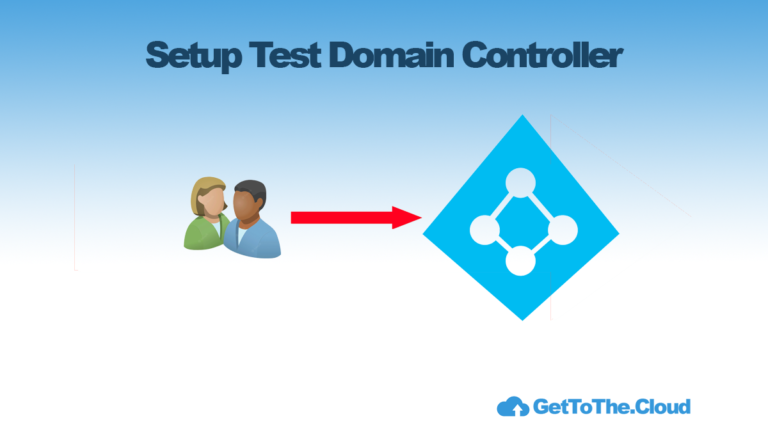
Reading Time: 6 minutesUsing Azure Active Directory in a production environment is not a place to play around and to test. For that you can setup a new domain controller with some fictive users and groups. Let’s set it up quickly with PowerShell.
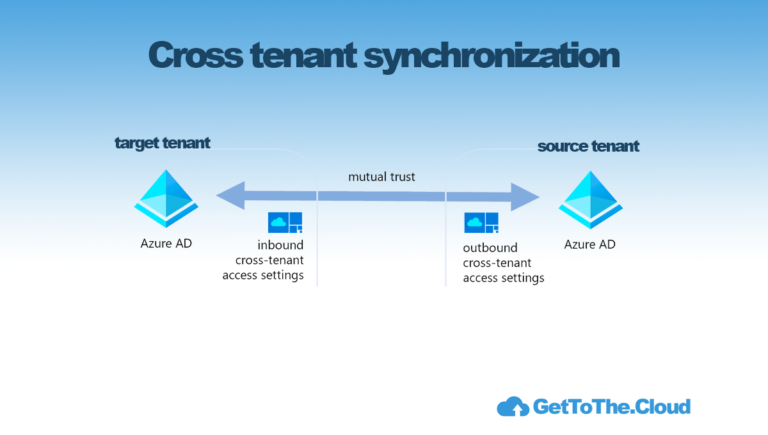
Reading Time: 4 minutesThese days are more and more companies working in Azure Active Directory. They are using Azure AD Connect to synchronize those accounts from on-premises Active Directory to Azure Active Directory. When a company is acquiring a new company and they acquired company need to access the applications or data in the Target company, you could create guest users in Azure Active Directory for those users. But when there are over 200 users, doing this manually will give a huge workload.
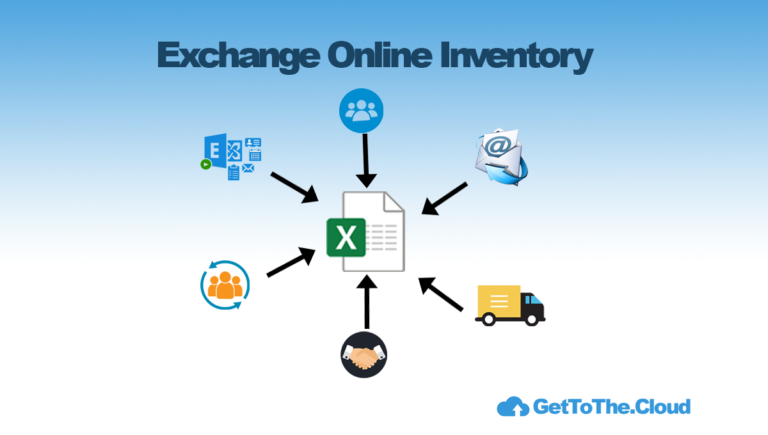
Reading Time: 2 minutesBeing able to do a proper Exchange migration (on-premises to online or online to online), you will need a good inventory. Now we improved the scripting to speed it up.
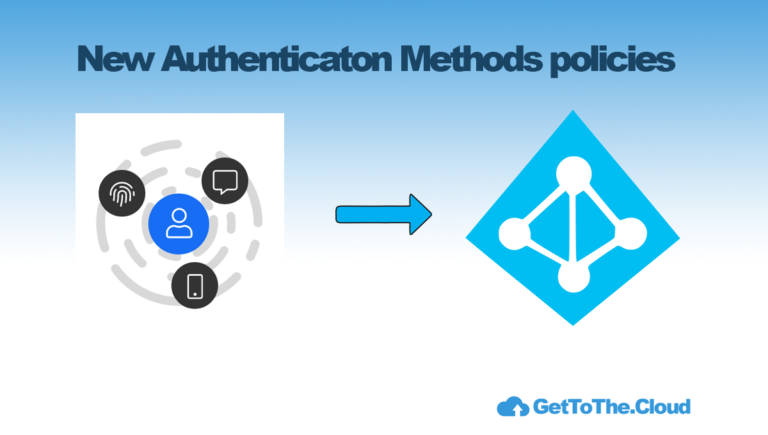
Reading Time: 3 minutesSSPR and MFA policies are changing. Security levels must increase. Microsoft has announced that legacy multifactor authentication and self-service password reset policies will be deprecated in January 2024. The new Microsoft Entra Admin center will provide with a wizard to migrate the legacy policies to the new Authentication methods policies.
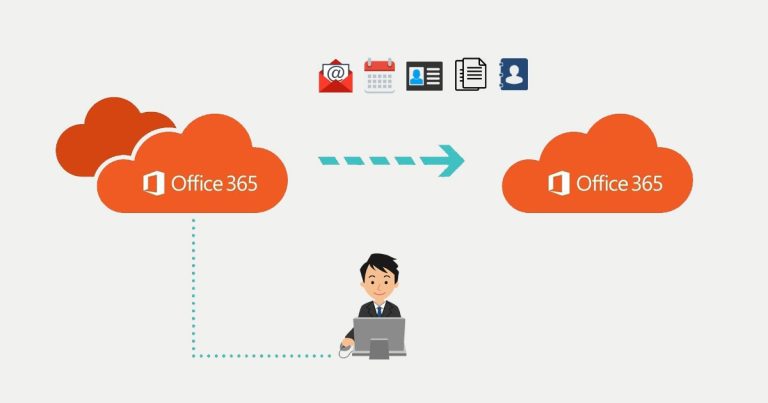
Reading Time: 4 minutesAfter the migration, the SMTP domain needs to be moved. Disable all the references to the domain and remove from source tenant. Add the domain to the target tenant and add the original primary smtp address to the EmailAddresses.

Reading Time: 6 minutesBeing able to do a proper Exchange migration (on-premises to online or online to online), you will need a good inventory. Let’s get some information from Exchange.

Reading Time: 3 minutesMigrating users can be done with the migration endpoint. Distribution lists are not supported to be migrated, so you need to do it manually.
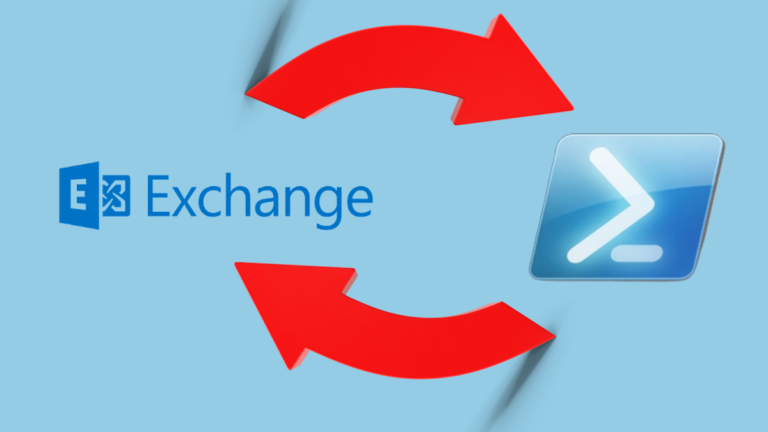
Reading Time: 4 minutesCreating an app registration and saving that information can be risky. Just creating through powershell with a generated password and saving encrypted to XML is a solution …

Reading Time: < 1 minuteCreating migration batches for the users that are created for migration.
| Cookie name | Active |
|---|